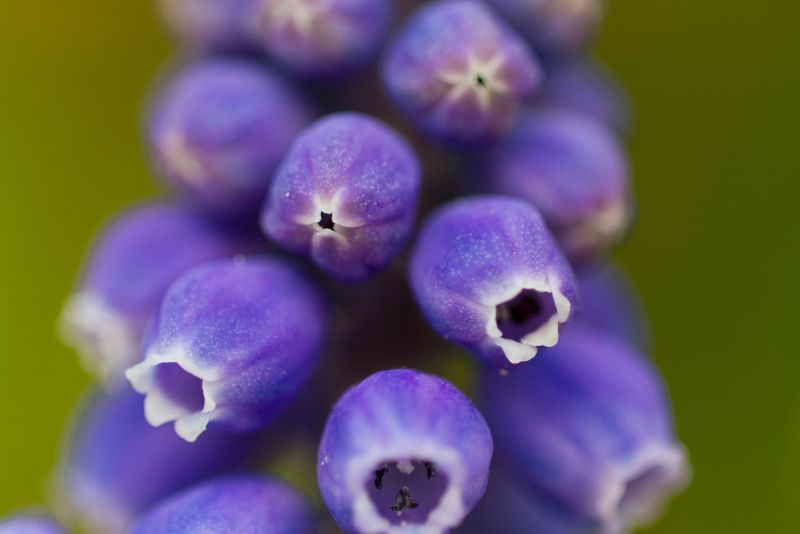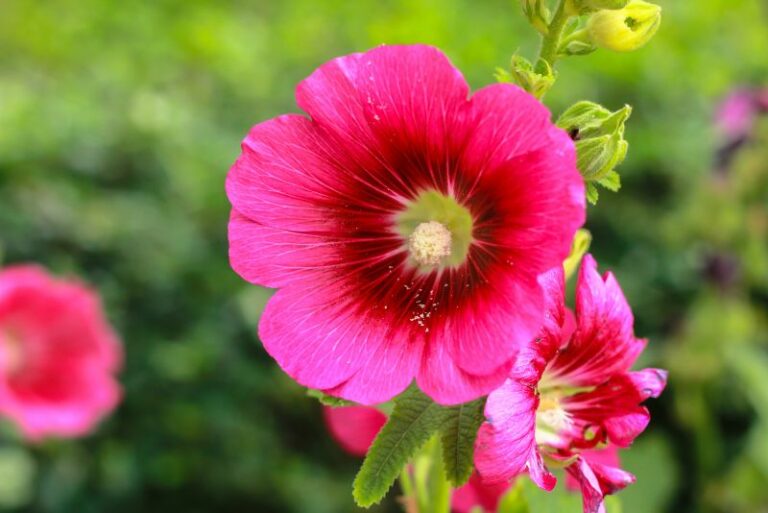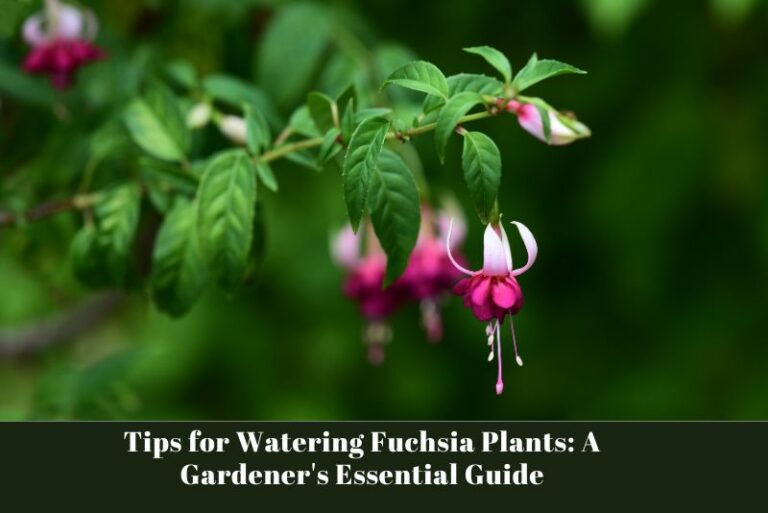How and When to Transplant Grape Hyacinths: A Gardener’s Guide for Spectacular Blooms
Grape Hyacinths, known for their vibrant blue, purple, and white clusters of small bell-shaped flowers, are a delightful addition to any garden or landscape. These hardy, odorous beauties are relatively low maintenance but, like many bulbs, benefit from a well-timed and well-executed transplant to boost their vigor and blooming capacity. In our comprehensive guide, we’ll walk you through the art of moving Grape Hyacinths, ensuring a smooth transition and a flowering spectacle that will make your garden the envy of your neighborhood.
Understanding Grape Hyacinths

Before we get our hands dirty, it’s essential to understand your Grape Hyacinths and recognize when they’re crying out for a change of scenery. Grape Hyacinths, scientifically known as Muscari, are perennial bulbs native to Southern Europe and Asia. They are accustomed to cool, temperate climates and will thrive in USDA hardiness zones 3 through 9. It’s especially important to familiarize yourself with the specific variety you have, as this may impact when and how you transplant them.
Signs It’s Time for a Change
Grape Hyacinths, despite their hardiness, can communicate their needs through the condition of their leaves, stems, and the size of their blooms. Yellowing or spindly growth, a decrease in the number of flowers, or overcrowding are all signs that it’s time to give them a new lease of life in different soil or a more suitable location.
Transplanting Guidelines
Transplanting Grape Hyacinths is an act of nurturing that requires a delicate touch and mindful planning. The following guidelines will set you on the path to a successful transplant.
Timing is Everything
The best time to move Grape Hyacinths is shortly after they have finished flowering in the spring, but before they’ve gone dormant. This timing allows the bulbs to establish themselves in their new location before they become inactive for the summer.
How to Properly Transplant
- Prepare the New Bed: Select a new site that receives plenty of sunlight and has well-draining soil. Prepare the bed by digging a hole twice as deep as the bulb is tall and amend the soil with compost to provide a nutrient-rich environment.
- Lifting the Bulbs: Gently lift the Grape Hyacinth bulbs from the soil, taking care not to damage the roots or the bulb itself. Shake off any excess soil and make an effort to keep the bulbs in their clumps.
- Transplanting: Replant the bulbs in their new location at the same depth as they were originally planted, space them at least 2 to 3 inches apart. Water the bulbs in their new home to help settle the soil.
- Protective Measures: To avoid disturbance and mark the location of the newly transplanted bulbs, place a visual indicator (like a small stake) in the soil.
Caring for Transplanted Grape Hyacinths
Your care practices immediately following transplanting can determine the success of the endeavor. Here are some crucial steps to caring for your transplanted Grape Hyacinths.
Watering and Soil Musts
Moist, Not Wet: Keep the soil moist, but never waterlogged, to avoid rot. Adequate moisture is essential for the bulbs to establish and start developing roots in their new location.
Mulching: Lightly mulch the area with organic matter to help retain moisture and regulate soil temperature, which can support the bulbs’ transition.
Post-Transplantation Maintenance
For the first growing season after transplanting, it’s critical to keep an eye on your Grape Hyacinths. Ensure they have the necessary water and light, and be vigilant for any signs of distress or pests. Avoid disturbing the bulb after it has settled into the new soil, as this can interrupt the growth process.
Benefits of Proper Transplanting
A successful transplant offers several advantages for your Grape Hyacinths, and ultimately, your garden.
Healthier Plants, Healthier Garden
By moving your Grape Hyacinths, you’re revitalizing their vigor. This can lead to healthier, more resilient plants that are better able to resist disease and pest infestations. Additionally, they’ll contribute to a more balanced and vibrant ecosystem in your garden, attracting pollinators and beneficial insects.
Increased Blooms, Increased Joy
A well-executed transplant can result in an explosion of flowers in the following growing season. The new environment, with its fresh soil and potentially better lighting and air circulation, can lead to a significant increase in the number and size of your Grape Hyacinth blooms. This burst of color is not only rewarding for your gardening efforts but also adds a charming touch to your outdoor space.
Conclusion
Transplanting Grape Hyacinths may seem like a simple task, but when done with care and consideration, it can lead to profound benefits. As with any plant care activity, patience and attentiveness are key. With the knowledge and insight from this guide, you are well-equipped to ensure your Grape Hyacinths not only survive their move but thrive and enchant with their beautiful blossoms. Remember, a little love and a well-timed transplant can go a long way in the world of gardening.






